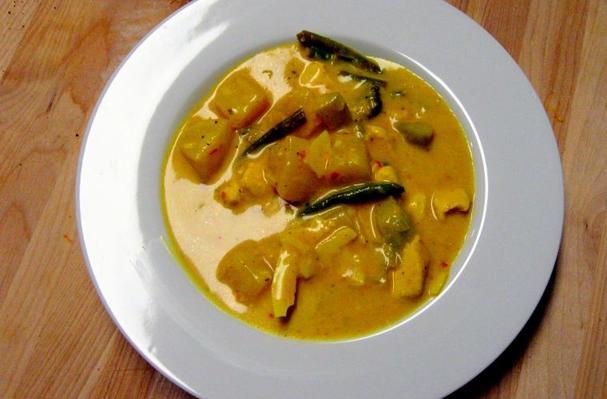I just got back from an amazing week of relaxation in Hawaii and one of the amazing sights I was fortunate to see was the Dole Plantation. It wasn’t the most scenic places I visited, but it was an educational celebration of one of the greatest foods on earth: the pineapple.
I hadn't given much thought to where pineapples came from until this trip. I used to think pineapples grew on trees until someone told me a few years ago that they are actually cultivated from bushes. What I didn’t realize until seeing these bushes is how small they are: just a few feet tall. The bushes look remarkably similar to the top of the pineapple, the crown. The reason for this is that pineapples are not grown with seeds; the crown is placed in the ground (by hand), and this becomes the plant. It takes 20 months for the plant to produce its first fruit, and 14-15 months for the second-- makes me thankful that the human gestation period is only 9 months.

Pineapples originated in Paraguay and Brazil, but spread to the Caribbean, Philippines and Hawaii thanks to the Spanish. There are many different varieties, though we are most familiar with the Smooth Cayenne; James Dole elected to grow this variety on his plantation for its shape and relatively smooth body, and it has become the industry standard. Pineapples contain bromelain, an enzyme found in bromeliads (like pineapple) that breaks down protein. This makes the fruit an excellent marinade or tenderizer for meat—and a tasty digestive aid after a heavy meal. However, bromelain can interfere with setting in jellies and dishes with gelatin-- and with proteins in the bodies of people with compromised systems; for this reason, people with hemophilia, protein disorders and kidney or liver disease should not eat raw pineapple. The good news is that bromelain breaks down with heat, so canned pineapple is safe for all, and (as every Midwesterner knows) works well in gelatin-based desserts. Alright—enough with the trivia. On with the recipes! I feel a little guilty eating pineapple at home in Seattle because it is certainly not local, but I give in to the occasional indulgence. Here are 5 of my favorite ways to consume this wonderful fruit:
Grilled Pineapple: grilling caramelizes the sugars in the flesh for incredible flavor.
Pineapple Curry: The sweet, salty and spicy flavors of this economical dish play deliciously on the taste buds.
Pineapple Haupia: Haupia is an amazing Hawaiian coconut pudding, made all the more delectable with the addition of pineapple.
Cocktails! Whether it's in the minimalist pineapple cocktail, the avant-garde combination of pineapple and herbs, or the classic pina colada, pineapple juice makes a versatile mixer.
More pineappley goodness:
- Simply Recipes' Pineapple Upside Down Cake
- What's for Lunch at our House's Pineapple Blueberry Muffins
- My Treasure... My Pleasure's Pineapple Pachadi
- Appoggiatura's Pineapple Salsa
- Sugar Shop's Pineapple Infused Vodka
What's your favorite way to prepare pineapple?













Comments
March 29, 2010
[...] This post was mentioned on Twitter by Foodista, stanwilliams, Helen Pitlick, Barnaby Dorfman, topsy_top20k_en and others. topsy_top20k_en said: New blog post: Hug a pineapple http://www.foodista.com/blog/2010/03/29/hug-a-pineapple/[...]
March 29, 2010
Fantastic post Helen!
Very interesting and educational- I didn't know about the reactions pineapples can trigger in the body! Very cool.
April 4, 2010
[...] Hug a pineapple [...]
April 14, 2010
[...] Hug a pineapple [...]
May 11, 2010
[...] Hug a pineapple [...]